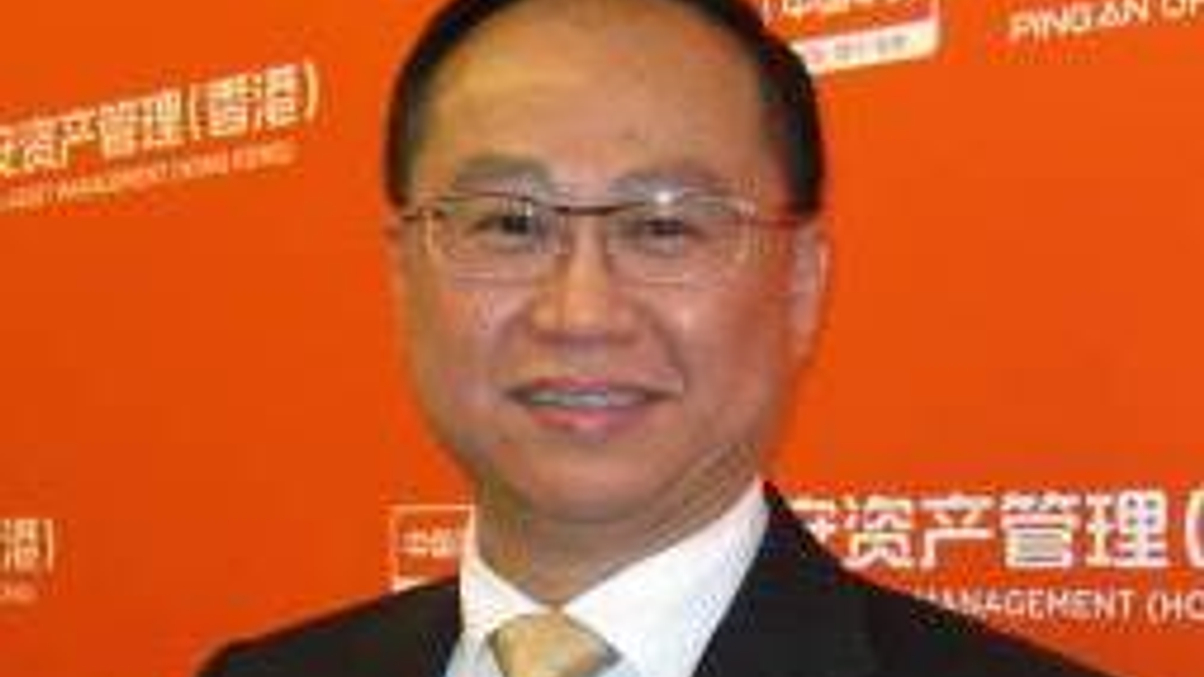Ping An to focus on cautious allocations as China slows
China’s second-largest life insurer is taking a cautious approach to credit and liquidity risks amid a slowing economy. Ping An's CIO says he will focus on fixed-income assets for the foreseeable future.

Ping An Insurance is to take a cautious investing approach because of the state of key Chinese and global economic conditions, the firm’s CIO said.
Sign in to read on!
Registered users get 2 free articles in 30 days.
Subscribers have full unlimited access to AsianInvestor
Not signed up? New users get 2 free articles per month, plus a 7-day unlimited free trial.
¬ Haymarket Media Limited. All rights reserved.


